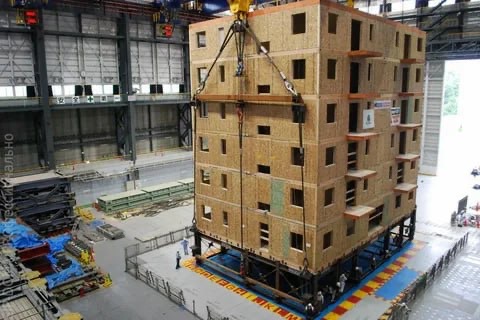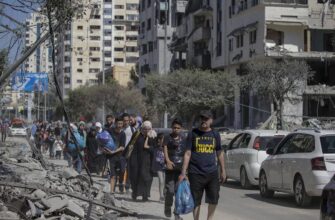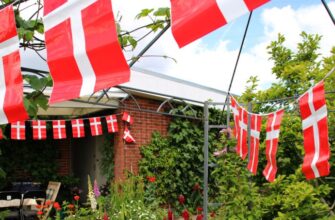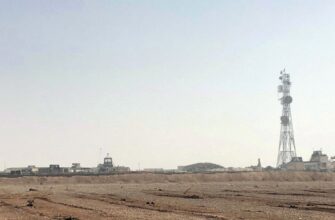Earthquakes have always been and are one of the most dangerous natural disasters in the world. Many people have died under the rubble of buildings during strong tremors. The worst thing about all natural disasters is that mankind is not able to stop them, just wait them out.
People have settled all over the world, and became able to live even in difficult conditions: in the north, in the mountains, etc. People also live in areas of high seismic activity, for example, in Japan. Small earthquakes can occur several times a day, and the largest, with a magnitude of 9.1 points, occurred on March 11, 2011.
The Japanese are used to living in such conditions, and have done everything to maximize their safety in case of earthquakes. They receive seismic warning messages on their phones, children in schools are trained to act in case of natural disasters. In Japan, many earthquake-resistant buildings are being built to withstand tremors. Special drones and robots are being used to search for people.
Many different technologies have been invented that can reduce the number of people affected by natural disasters and can quickly track environmental data. One of these inventions is a joint project of 4 European countries: Greece, Turkey, Romania and Moldova. This project is called REDACt (Rapid Earthquake Damage Assessment Consortium), the global goal of which is to jointly monitor information in the field of disaster prevention and to create a new platform for a rapid earthquake disaster assessment system. REDACt will help to determine the damage caused by natural disasters and facilitate and speed up rescue operations.
Natural disasters happen frequently in the world and cannot be controlled. However, the good thing is that progress does not stand still and people every year improve their inventions and adapt more and more to their environment.








